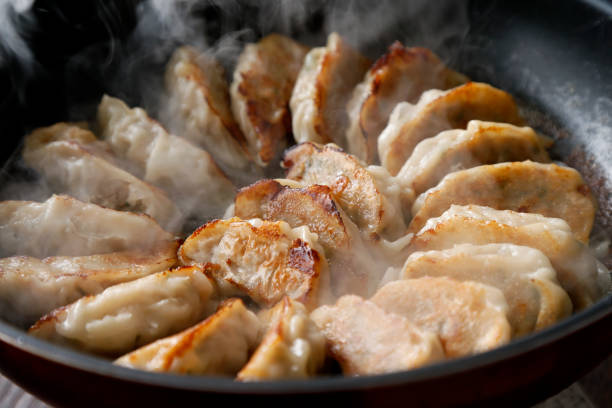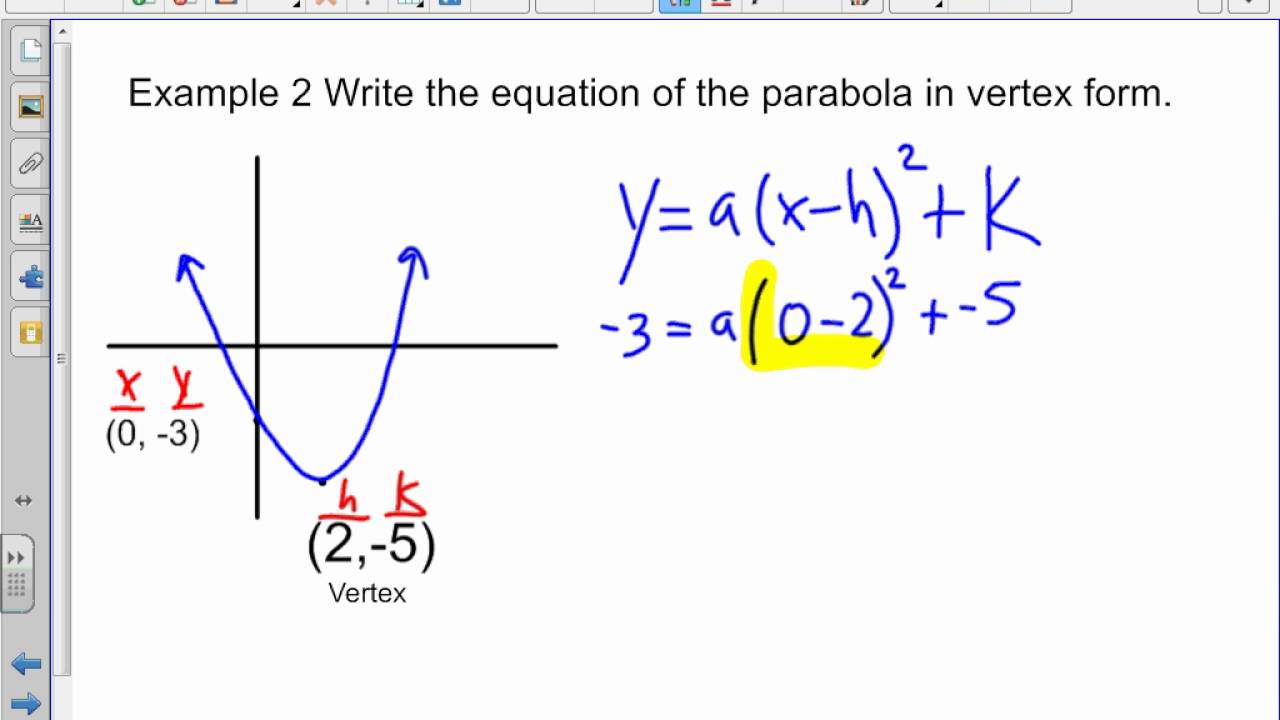Gyoza, also known as potstickers, are a type of dumpling that originated in China but have become popular in various Asian cuisines, including Japanese cuisine. These dumplings typically consist of a thin dough wrapper filled with a mixture of ground meat (usually pork or chicken), vegetables, and seasonings. They are often pan-fried with one side becoming crispy while the other side remains soft and tender.
Gyoza can be served as an appetizer or a side dish and is commonly accompanied by a dipping sauce made from soy sauce, vinegar, and sometimes chili oil or other condiments.
They come in various shapes and sizes, and their preparation can vary, but they are known for their delicious flavor and unique texture. Gyoza is a beloved dish in many parts of the world and is enjoyed for its savory taste and versatility.
How To Pronounce Gyoza
Dumplings, known as gyoza in Japan, share a pronunciation quite similar to their Chinese counterpart. The accurate pronunciation of “gyoza” is “gyo-zuh,” a word comprising two syllables pronounced without elongating the letters.
However, it’s common for individuals, including Westerners, to mispronounce it as “gee-YO-za,” mistakenly adding extra length to the word. This tendency to elongate words extends to other Japanese terms like “Tokyo,” often pronounced as “Toe-kee-yo” instead of its correct two-syllable pronunciation, “Toh-Kyo.”
Is Gyoza Japanese or Chinese?
Gyoza, a traditional Chinese dumpling, has its origins in China and enjoys widespread popularity across East Asia. These dumplings hold significant importance in traditional Chinese New Year festivities and are known as “Jiaozi.” If you’ve dined at a Japanese restaurant or savored street food in Japan, you might have encountered a dish called “Gyoza” on the menu. These delightful Japanese dumplings are filled with a variety of ingredients. How to Pronounce Gyoza.
How Is ‘Ryo’ Pronounced?
The term “ryo” is written as りょ, which combines the characters “ri” and “yo.” It’s important to pronounce it rapidly because it differs from “riyo” (りよ) —
The primary distinction in the pronunciation of these two words lies in the size of the よ character.
For Indo-European speakers, らりるれろ is pronounced as “ra ri ru re ro.”
However, it actually sounds more like “la li lu le lo.” Consequently, native Japanese individuals may find it challenging to distinguish between the R and L sounds in Indo-European languages.
Additionally, some Koreans encounter a similar issue with their R/L sound represented by ㄹ (rieul). How to Pronounce Gyoza.
How to Say ‘Dumplings’ in French?
“Boulette” is the primary French term for “dumpling” in English.
It can refer to various types of dumplings, such as “boulette de pâte” (a small lump of dough that is cooked or steamed), “boulette de riz,” or “boulette chinoise.”
It can also be associated with specific dumplings like “boulette de pommes de terre” (potato dumpling) or “boulette de crevette” (shrimp dumpling or shrimp ball).
In essence, the word “boulette” translates to “small ball” or “petite boule.” “Boulette de viande” is the French term for “meatball.”
Are Dumplings and Gyoza the Same Thing?
No, they are not the same. While gyoza and dumplings share similarities, they have notable differences in flavor, texture, and cooking techniques.
Gyoza boasts distinct flavors that are characteristic of Japanese cuisine. These delectable gyoza can enhance any meal when served as an appetizer. How to Pronounce Gyoza.
What Is The Secret To Cooking Gyoza Perfectly?
The key to perfect Gyoza is double-frying them in oil. Follow these steps for flawless Gyoza preparation:
Step 1: Arrange the Gyoza in a nonstick pan
Begin by placing the Gyoza flat-side up in the pan. Heat it over medium heat and add a generous spoonful of vegetable oil.
While many Gyoza recipes suggest leaving them undisturbed in the pan during cooking, you can achieve a richer golden and crisp texture by gently stirring the pan.
Step 2: Keep cooking
Continue cooking until the bottoms turn golden brown. Then, pour half a cup of water into the pan and cover it with a lid.
Within two to three minutes, the water inside the dumpling wrappers will evaporate, resulting in a delightful, pliable texture.
Step 3: Gently turn the pan
During the initial couple of minutes, occasionally turn the pan to prevent the dumplings from sticking. Continue this until all the water has evaporated.
Afterward, remove the lid and resume swirling.
Step 4: Continue frying
Since there will still be vegetable oil in the pan, use it to continue frying the Gyoza. Fry them until the bottoms become twice as crispy and twice as golden brown.
What Is The Difference Between Jiaozi And Gyoza?
During World War II, when the Japanese were in control of Manchuria, they consumed jiaozi. Upon their return to Japan, some individuals attempted to replicate jiaozi using Japanese ingredients and cooking methods. This led to the creation of gyoza, characterized by a shorter dumpling wrapper and more finely chopped filling.
What are the Differences Between Gyoza and Dim Sum?
Gyoza can be enjoyed in bowls of soup broth, similar to pho, while dim sum is traditionally served on plates with dipping sauces. This distinction is the primary difference between these two dishes, and choosing between them can be a delightful dilemma. If you’ve been mispronouncing “gyoza,” we hope this article has assisted you in correcting it. Please share it with others who may find it beneficial.





